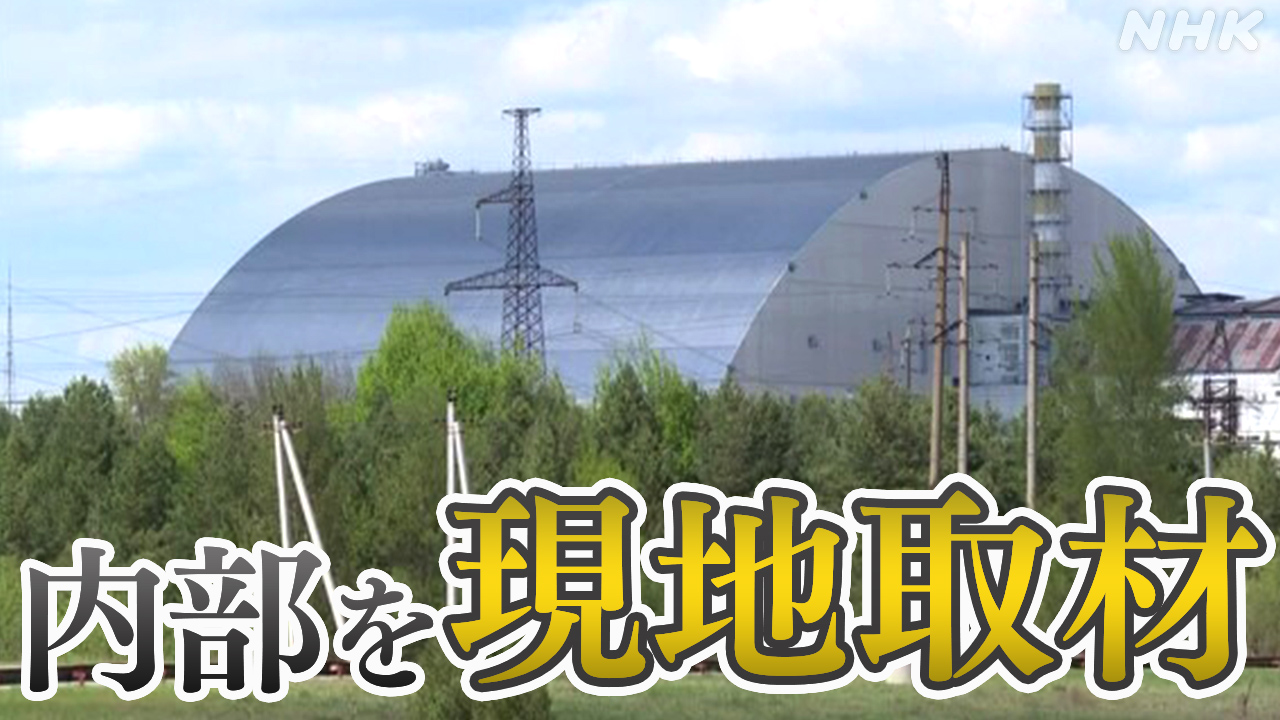Chernobyl Shelter: Aftermath of Russian Shelling Raises Nuclear Safety Concerns
The ongoing conflict in Ukraine has cast a long shadow over the Chernobyl Exclusion Zone, raising serious concerns about the safety of the sarcophagus sheltering the damaged nuclear reactor. Recent reports of Russian shelling near the Chernobyl Nuclear Power Plant have sparked international alarm, highlighting the potential for a catastrophic nuclear incident. This article explores the aftermath of the shelling, its implications for nuclear safety, and the global response.
Russian Shelling and its Impact on Chernobyl
Reports emerged in early March 2022 of intense fighting around the Chernobyl site, with Russian forces seizing control of the facility. While the immediate impact on the nuclear reactors themselves seemed limited, the shelling damaged infrastructure crucial for the safe containment of radioactive materials. This included power lines essential for maintaining the cooling systems for spent nuclear fuel and monitoring equipment.
Key Concerns Following the Shelling:
- Disruption of Monitoring Systems: The loss of power and communication lines hampered real-time monitoring of radiation levels, increasing uncertainty about the potential for radioactive leaks. This lack of data posed significant challenges for international monitoring organizations.
- Compromised Safety Measures: Damage to infrastructure directly impacts the safety measures in place, increasing the risk of accidents. The disruption of cooling systems for spent fuel, for example, could lead to overheating and potential release of radioactive material.
- Increased Risk of Radioactive Contamination: The fighting and movement of military equipment within the Exclusion Zone increased the potential for the dispersal of radioactive dust and particles, posing a threat to both the environment and nearby populations.
- Impact on Long-Term Remediation Efforts: The shelling jeopardized long-term efforts to further secure the damaged reactor and manage the radioactive waste stored at the site. This includes the ongoing work to dismantle the old sarcophagus and build a new confinement structure.
International Response and Nuclear Safety Concerns
The incident at Chernobyl ignited global concerns about the potential for a major nuclear disaster. International organizations, including the IAEA (International Atomic Energy Agency), expressed deep concern and called for an immediate cessation of hostilities around the Chernobyl site. The IAEA dispatched experts to assess the situation and provide support, emphasizing the critical importance of maintaining safety protocols.
Global Implications:
- Nuclear Security Threats: The incident underscored the vulnerability of nuclear facilities during armed conflict and highlighted the need for stronger international safeguards to prevent similar situations.
- Environmental Contamination: The potential for long-term environmental contamination from radioactive material poses a significant threat to the Ukrainian ecosystem and surrounding areas.
- Humanitarian Crisis: Displacement of populations due to the conflict and potential radiation risks contribute to the humanitarian crisis in the region.
The Long-Term Outlook for Chernobyl
The full consequences of the Russian shelling near the Chernobyl Nuclear Power Plant are still unfolding. The long-term impacts on the environment, human health, and international nuclear security require sustained monitoring and collaborative efforts. The international community must remain vigilant and committed to supporting Ukraine in securing the site and mitigating potential risks.
Further Reading:
This event serves as a stark reminder of the fragility of nuclear safety and the critical importance of international cooperation in preventing and managing nuclear risks. The situation at Chernobyl continues to evolve, and staying informed through reputable news sources and international organizations is crucial.
